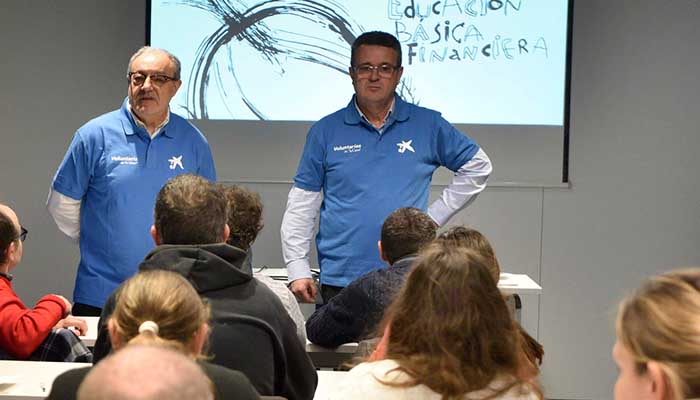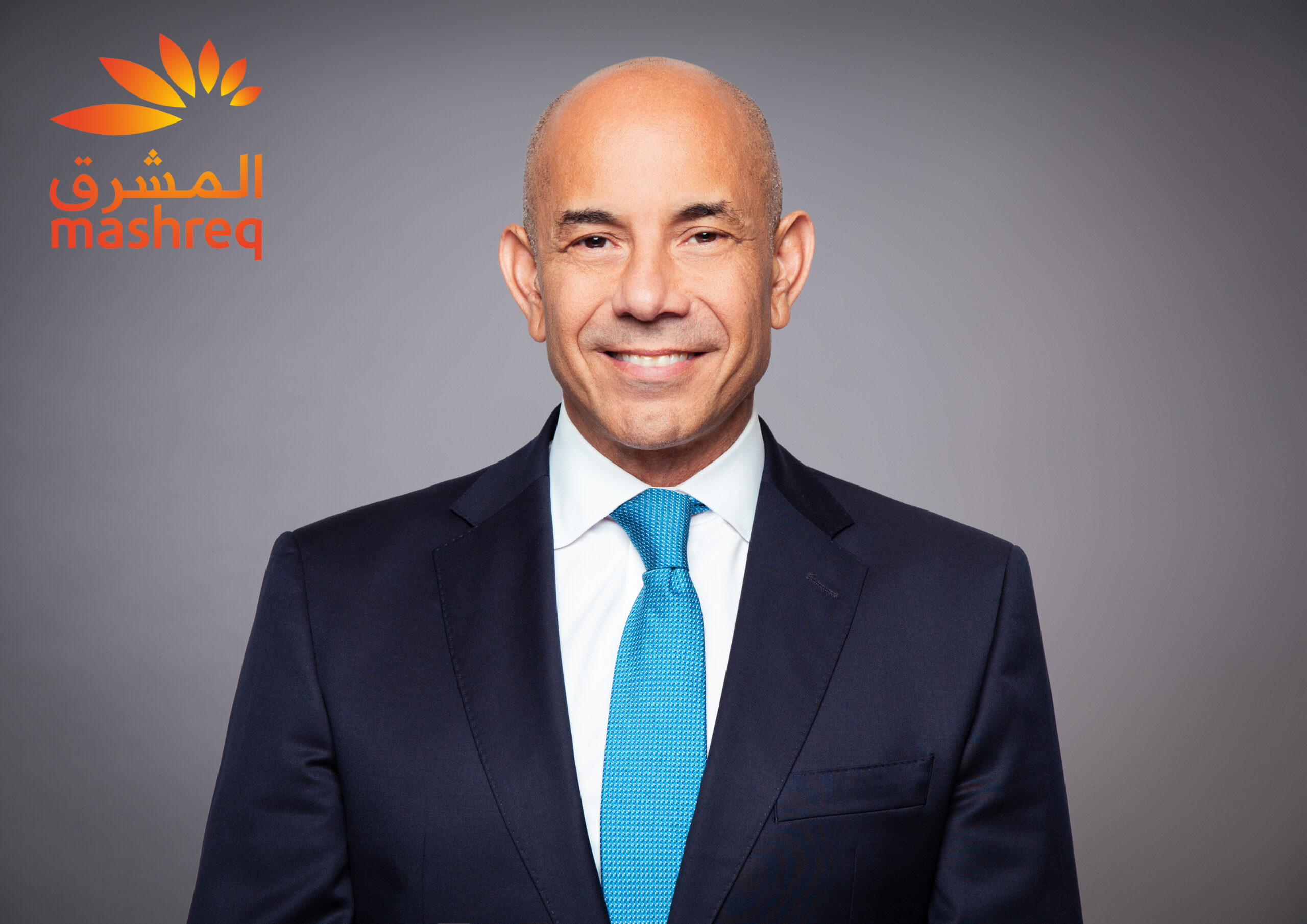Bank customers have never had it so good. They have rarely, if ever, had more choices of new banking products, often customizable and digitally delivered. But there is a catch. Without financial literacy, the benefits of financial innovation will accrue to the few, and not the many – with significant implications for the economic health and stability of individuals, families and countries. Financial literacy has been described as a fundamental right and universal need, as important as the ability to read and write, but current levels of financial literacy, even in Europe, have been called a crisis.
Financial education is therefore rapidly emerging as a critical ‘missing piece’ in ensuring that people can successfully navigate the increasingly complex short- and long-term financial decisions they have to make, helping turn them into more prosperous – and more profitable – banking customers. But what is it and what is the best way to deliver it?
Core financial literacy involves understanding and awareness. A lack of awareness of the existence of different forms of borrowing, for example, can push consumers towards expensive modes of credit and cause unnecessary indebtedness and defaults. That outcome is clearly bad for all stakeholders involved. But without a basic understanding of how interest works, awareness of different offerings by itself is not enough to allow consumers to make the borrowing choices that are right for them. Financial education must deliver both.
Research by the World Bank and others shows that conventional approaches alone, involving financial education delivered through traditional classrooms, are not enough. One answer to this, particularly for reaching the young, is to make use of the technologies we almost all now use to get information: websites, mobile apps and social media. As for who should do this, it is clear that a combination of government and private sector initiatives is needed, with banks as key contributors to the overall effort.
Understanding choice
Banks like Spain’s CaixaBank have created a whole range of financial content on a variety of channels, to reach different customer groups with information relevant to them. There are websites, including financial culture content; there are educational playlists on a CaixaBank YouTube channel; a “Finances for followers” program with influencers on social networks such as Twitter, Instagram and Facebook; 16 different webinars for shareholders; and a “Daily Economy” podcast series on audio platforms iVoox and Spotify. Together these online resources have attracted more than 12 million hits in 2019 alone.
In this way, technology is revolutionizing the way that banks are able to communicate with and educate their customers. Taking things to the next level, CaixaBank has recently launched imagin, a digital platform delivering a lifestyle-oriented user community of more than 2.6 million customers. With a focus on financial education for the younger users, far beyond the boundaries of a purely transactional financial app, it appeals to digital natives for whom operating inside a digital ecosystem is the most natural way to interact and learn.
But it is important not to neglect non-digital channels. Not all customers do everything online or on their phones, and for them the classroom is still a viable learning environment. For example, one of the problems elderly customers often face is a lack of understanding of different products for retirement or investment, so in-person educational sessions where they can ask specific questions can help retirees better understand the advice they are given from bank employees and make more informed financial decisions.
CaixaBank also caters for a range of stakeholder groups to cover specific educational requirements across different social and professional areas. For example, the Bank’s Aula programme for shareholders provides 14 classroom-based courses. In 2019, more than 10,000 people attended face-to-face activities – including talks at Store offices, workshops for people with intellectual disabilities given by “la Caixa” volunteers, and CaixaBank Future conferences on retirement planning.
Likewise, at the other end of the age spectrum, young customers who are yet to become digital masters are also catered for through a series of publications of educational stories that teach them about key personal finance concepts, such as saving, so that they can incorporate the principles into their daily lives as they grow up.
Good for everyone
All of this investment in customer education is clearly of great benefit, both to individuals and to the wider community. It increases financial inclusion, which gives families access to the stabilizing benefits of modern financial services to smooth out economic turbulence, and the tools to convert their earnings into longer-lasting wealth.
These benefits align well with banks’ own needs for profitability, lower loan loss reserves, fewer mis-selling complaints and increased action on social responsibility. A financially educated customer base has been shown to make better spending and savings decisions, to choose more appropriate products and to be more satisfied with their financial partners. There are few real win-wins in business. This is one of them.





